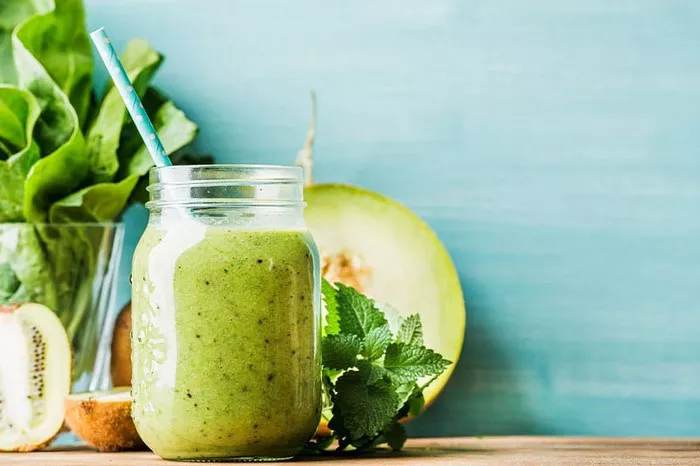Herbal soup, a nourishing and flavorful dish, combines various herbs and spices with meat, vegetables, or seafood. This traditional cuisine not only tastes delightful but also offers numerous health benefits. Here’s a comprehensive guide to making your own herbal soup at home.
Ingredients Preparation
Before starting, gather all necessary ingredients. Essential herbs might include ginger, garlic, ginseng, astragalus, and wolfberry. These herbs are known for their immune-boosting and energizing properties. You’ll also need vegetables like carrots, potatoes, onions, and tomatoes for added nutrition and flavor. For meat, chicken breasts, pork ribs, or beef bones are popular choices. Additionally, you’ll need spices such as salt, pepper, thyme, rosemary, and bay leaves for seasoning.
Collect All Ingredients
- Herbs: ginger, garlic, ginseng, astragalus, wolfberry
- Vegetables: carrots, potatoes, onions, tomatoes
- Meat: chicken breasts, pork ribs, or beef bones
- Spices: salt, pepper, thyme, rosemary, bay leaves
Wash and Chop Vegetables
- Wash the vegetables thoroughly under running water.
- Peel and chop carrots and potatoes into small cubes.
- Dice the onion and mince the garlic.
Prepare the Meat
- Rinse the meat thoroughly and pat it dry.
- Cut the meat into bite-sized pieces if necessary.
Boiling the Ingredients
Now it’s time to combine all the ingredients in a pot and start boiling.
Combine Ingredients
- Place the chopped vegetables, herbs, and meat into a large pot.
- Pour in enough water to cover all the ingredients by about two inches.
Bring to a Boil
- Turn the stove to medium-high heat.
- Stir occasionally to prevent sticking.
Reduce Heat and Simmer
- Once the mixture reaches a rolling boil, reduce the heat to low.
- Allow the soup to simmer gently for about 1.5 to 2 hours. This slow cooking process helps to extract all the nutrients and flavors from the ingredients.
Skimming and Seasoning
During the simmering process, you’ll need to skim off any foam that rises to the surface and season the soup.
Skim the Foam
Use a spoon to skim off any foam or impurities that rise to the top of the soup. This keeps the soup clear and pure.
Add Seasonings
- After simmering for about an hour, add salt, pepper, and other spices to taste.
- Stir well to ensure the seasonings are evenly distributed throughout the soup.
Final Touches and Serving
As the soup nears completion, you can add some final touches to enhance its presentation and flavor.
Taste and Adjust
Taste the soup and adjust the seasoning as needed. Add more salt, pepper, or herbs if desired.
Garnish
- Once the soup is ready, ladle it into bowls.
- Garnish with freshly chopped herbs like parsley or cilantro for an added touch of flavor and color.
Serve Hot
Serve the herbal soup hot, accompanied by a side of steamed rice or noodles if you like.
Tips for Making Perfect Herbal Soup
Choose Fresh Ingredients
Always use fresh herbs and vegetables to ensure the best flavor and nutrition.
Control the Heat
Simmering the soup slowly allows all the ingredients to blend together perfectly. Avoid cooking on high heat, which can make the soup bitter and destroy nutrients.
Adjust Seasoning to Taste
Herbal soups can vary greatly in flavor depending on the herbs and spices used. Adjust the seasoning according to your personal preferences.
Use a Good Stock
If possible, use homemade chicken or vegetable broth for an even richer flavor.
Watch for Boiling Over
Keep an eye on the soup while it’s simmering to prevent it from boiling over and making a mess on your stove.
Health Benefits of Herbal Soup
Herbal soups are not just delicious; they are also packed with health benefits. Here are some of the benefits you can enjoy:
Immune Boosting
Ingredients like ginseng, astragalus, and garlic are known for their immune-boosting properties.
Nutrient-Rich
Vegetables and herbs provide essential vitamins and minerals that are crucial for good health.
Digestive Aid
Herbal soups are easy on the digestive system and can help soothe an upset stomach.
Hydration
Soups are a great way to stay hydrated, especially during cold weather.
Detoxification
Ingredients like ginger and garlic help to detoxify the body and cleanse the liver.
Cultural Significance of Herbal Soup
Herbal soups have been an integral part of many cultures for centuries. In China, herbal soups are closely tied to traditional medicine and are often used to treat various ailments and improve overall health. In other cultures, herbal soups are enjoyed for their unique flavors and health benefits.
Whether you’re making herbal soup for its delicious taste or its numerous health benefits, this guide should help you create a perfect dish. By following these simple steps and tips, you’ll be able to make a nourishing and flavorful herbal soup that your family and friends will love.
Conclusion
Making herbal soup is a rewarding experience that combines the art of cooking with the science of nutrition. By carefully selecting fresh ingredients and following a few simple steps, you can create a delicious and healthy dish that offers numerous benefits. Herbal soups are not only a great way to stay warm and hydrated during cold weather, but they are also packed with essential nutrients and antioxidants that can help boost your immune system and overall health. So, the next time you’re in the kitchen, give herbal soup a try and enjoy the delicious and nourishing results.
Related Topics:

























